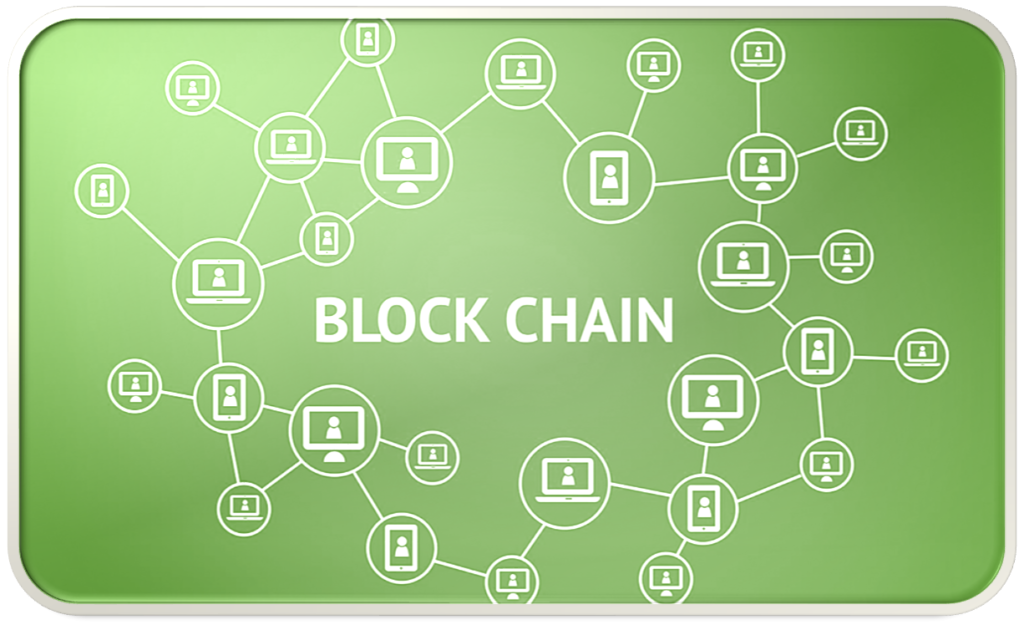
Blockchain technology is similar to the Google sheet in Google drive colloborated among your friends. Everyone of the authorised user can update the records in the cloud. Blockchain is a digital ledger shareable among the authorised users. Ledger is an account book where you can post the credits and debits.
Blockchain consists of main chain block, genesis block and orphan block. Main chain block consists of many genesis blocks with updated records, whereas the orphan blocks are abandoned for lack of authenticity, invalid records are sidelined as orphan blocks.
Blockchain Technology was invented by Satoshi Nakamoto in 2008. Originally it wast intended for the cryptocurrency bitcoin, as its public transaction ledger. The inventor’s aim was in creating the decentralized Bitcoin ledger. so that the users are allowed to control their own money and no third party including the government, can neither access nor monitor the blockchain transactions.
After the demise of Satoshi Nakamoto, his open source software was updated and improved by the Bitcoin users from 2011. With the invention of blockchain for bitcoin, there was not need for a trusted central authority or server to monitor the transactions. It is almost self-governed. The bitcoin has inpired the users to make this Blockchain technology versatile to many fields.
There is a difference between internet and blockchain. Internet permits computers to exchange information whereas the Blockchain allows computers to record information. First generation of digital revolution made the internet of information and its second generation has brought the internet of values or internet of things by Blockchain technology.
The three major aspects of Blockchain technology are
- Private key Cryptography
- Peer to Peer (P2P) Network
- Blockchain protocol (Program)
Blockchain technology brings every user more accountable; it is uncorruptable; there is no human error; no missed transaction; no machine error; cannot be exchanged with any thirdparty without the concurrence of trhe concerned parties. There is a secured validation mechanism.
Applicatons of Blockchain Technology
- Supply chain management
- Smart contracts
- Asset protection
- Payment processing
- Personal identification
- Public funding
Supply chain management – As and when the value of materials changes the stauts of asset also changes and hence the blockchain is ideally suitable for managing the supply chain.
Smart contracts – Business contracts can be created, updated, managed, tracked and secured without the involvement of extternal agency. E.g. Contracts of insurance, banks, real estate, construction, entertainment, law, education.
Asset protection – Intellectual properties like patents, copyright, trademark, royalties of authors and musicians, assets of propery owners can be protected with the real-time ownership without dispute.
Personal Identification – Certificates related to birth and death, academic performance, degrees and diplomas, marriage certificates, passports (here is how you can renew uk passport from Australia), census data etc., can be recorded, updated, retrieved with full security.
Payment processing – Funding is in the form of bitcoin or other cryptocurrencies. Financial transactions are done without any external monitoring agent.
There are some disadvantages also in BCT. High power consumption; security of private key; transaction speed.
It will give a serious impact of the existence of bank, Government, and all other middle agencies.
L



